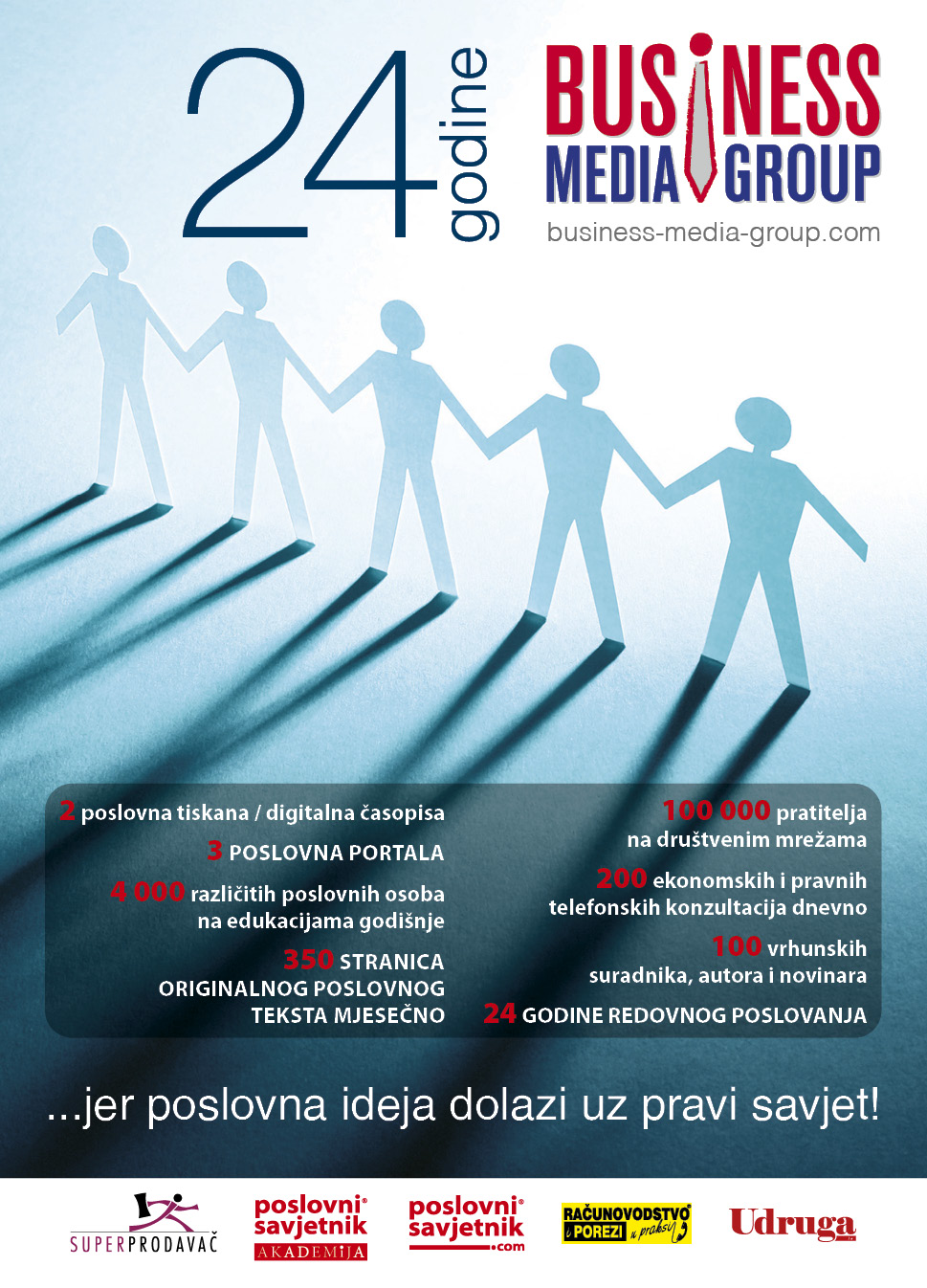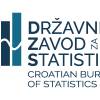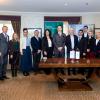
The combined health and economic shocks of 2020 have impacted the livelihoods of millions of households, disrupted business activities, and exposed the fault lines in today’s social protection and healthcare systems.
The crisis has also further accelerated the effects of the Fourth Industrial Revolution on trade, skills, digitization, competition and employment, and highlighted the disconnect between our economic systems and societal resilience.
This unusual moment calls for innovative and much-needed shifts in policy and for elaborating on the priorities for recovery and revival, and considering the building blocks of a transformation towards new economic systems that combine “productivity”, “people” and “planet” targets.
The World Economic Forum (WEF) provided an action plan with 11 priorities for governments and companies to get their country and company ready for the post pandemic decade. (Source: The Global Competitiveness Report 2020, World Economic Forum)
Many Governments and top CEO’s are currently discussing these developments that will influence global, national and local markets and competitiveness. I give you a short overview of these strategic priorities.
Secondly, COVID-19 has changed the way Chief Human Resource Officers (CHRO’s) think about engagement and productivity. Not only have they retooled their strategies for a remote and hybrid workplace, but they also increased monitoring the engagement and productivity in response to prolonged uncertainty and upheaval.
I give you an overview of the 5 main key points from this Gallup study based on 150 top CHRO’s.
In conclusion Croatian Government need to provide the conditions for Croatian companies, which require ambition, clear strategic choices, a thorough exchange, and intensive cooperation on a strategic level, to make Croatia and Croatian companies fit for, and successful in the global economy. CEO’s need to create the organization and structure of future work and adept a leadership style that is necessary to implement these actions.
Talking about ambition……
17% of companies disappeared in the past recessions but 10% actually scaled up.˝ (Harvard Business Review)
How can you make sure you will get into that top 10%?
What is the readiness of country economies to recover from the pandemic?
Unfortunately Croatia did not participate in the annual survey of competitive countries of the World Economic Forum (WEF) in October 2020. However, we know that Croatia ranked between positions 63-75 of 141 countries in previous years. The WEF this year provides an assessment of the readiness of countries and came up with these11 priorities for transformation after the pandemic:
1. Ensure public institutions embed strong governance principles and a long-term vision and build trust by serving their citizens.
Future-oriented institutions will not only need to be transparent and efficient; they must also evolve towards yielding more equitable outcomes and enhancing citizens’ trust in them.
Essentials are: 1) governments’ responsiveness to change, 2) their long-term vision and 3) the adaptability of legal frameworks to digital business models.
Countries that are currently better prepared are Denmark, Finland, New Zealand and Switzerland.bThe least-prepared countries in this area include Russia, Mexico, Brazil and Argentina.
2. Upgrade infrastructure to accelerate the energy transition and broaden access to electricity and ICT.
The transition to a greener and more inclusive economy will have to be underpinned by significant investments in infrastructure, including an expansion of digital networks. Countries that are currently better prepared for an economic transformation through their infrastructure include Denmark, Estonia, Finland and the Netherlands. Less-prepared countries include Russia, Indonesia, Turkey and South Africa.
3. Shift to more progressive taxation, rethinking how corporations, wealth and labor are taxed, nationally and in an international cooperative framework.
When it comes to updating tax structures, the key tension to resolve will be between ensuring a fair transition and setting the right incentives for technology adoption and innovation. Korea, Rep., Japan, Australia and South Africa emerge in the top decile of the distribution on this priority, thanks to their relatively well-balanced and progressive tax structured compared to other countries assessed in the framework. Hungary, Poland, Italy and Turkey score towards the lower end. Overall, however, scores across countries on this priority are low, leaving much room for improvement.
4. Update education curricula and expand investment in the skills needed for the jobs and “markets of tomorrow”.
Reskilling, upskilling and education curricula updates are central to prepare workers and achieve inclusive prosperity. Participation in formal education is no longer sufficient to provide employment opportunities and build human capital. The Netherlands, Denmark, Switzerland and Finland are among the better-prepared countries, working to keep schools’ curricula relevant and up-to-date. Greece, Brazil, Turkey and Italy are less well-prepared.
5. Rethink labor laws and social protection for the new economy and the new needs of the workforce.
One important component of policies to curb inequality and manage the technology- and recession-driven shifts in the workforce is adequate and agile social safety nets. This approach should succeed in protecting andrewarding workers rather than jobs—and deploying technology to facilitate the shifts for workers is crucial. Germany, Denmark, Switzerland and the United Kingdom are relatively better prepared than other approaches to combine adequate labor protection with new safety nets models. South Africa, India, Greece and Turkey score towards the lower end on this measure.
6. Expand eldercare, childcare and healthcare infrastructure, access and innovation for the benefit of people and the economy. Universal access to eldercare, childcare and healthcare is a fundamental factor for building fairer societies while empowering human capital. A combination of adopting new technology and expanding investments in this domain could help to address this priority. Sweden, Finland and Canada are closer than other countries to achieving expanded access to care services. These countries allocate a relatively higher number of public resources to this sector and have built a relatively stronger health resilience compared to other countries assessed by this exercise. It is important to notice that most emerging countries South Africa, Brazil, Argentina, Indonesia, Russian Federation and China are not assessed on this dimension due to lack of data.
7. Increase incentives to direct financial resources towards long-term investments strengthen stability and expand inclusion.
A thriving financial sector should channel resources towards long-term investments in the real economy rather than maximize short-term profits or support financial markets. The growing importance of ESG (environmental, social and governance) standards for investing bodes well for the capacity of the financial system to move in this direction. Finland, Sweden, New Zealand and Austria emerge as relatively better prepared than other advanced economies on these aspects. Notably, the United States, currently the largest financial center in the world, is among the least ready to transform on this priority area.
8. Rethink competition and anti-trust frameworks needed in the Fourth Industrial Revolution, ensuring market access, both locally and internationally.
Trade openness also contributes to the creation of more competitive markets; future policies should innovate on how to maintain the benefits of international trade while limiting internal divides between regions where world-class companies are located and support regions and sections of the population that lose out from globalization. Countries that are more ready to create vibrant business environments include Canada, Finland, China and the United States, while Russia, the Slovak Republic, Greece and Argentina are less ready for this transformation.
9. Facilitate the creation of “markets of tomorrow”, especially in areas that require public-private collaboration.
Future-oriented policies will need to combine push-and-pull strategies, including incentivizing demand and investments in R&D towards the production of more sustainable and inclusive goods, services and technologies. Governments have several tools to change the direction of market outcomes.
Finland, the United States, Sweden and Japan provide the best conditions for new technologies to be rolled out, and therefore emerge better prepared to address this priority. However, it is worth noting that overall, scores on this dimension are low and narrowly distributed.
10. Incentivize and expand patient investments in research, innovation and invention that can create new “markets of tomorrow”.
Transforming economies will require unlocking the potential of human curiosity and creativity to develop breakthrough technologies and the new products, services and markets that apply them. To measure these aspects it would amongst others require data on aspects such as investments in long-term science and research projects, availability of patient capital for targeted development of new technologies. Finland, Japan, the United States, Korea Rep. and Sweden emerge as better prepared on developing markets of tomorrow, thanks to a well-developed network of public institutions that shape the science, technology and innovation agenda of the country, and also work closely with research institutions and the private sector to implement this agenda. Greece, Mexico, Turkey and the Slovak Republic are less well-prepared.
11. Incentivize companies to embrace diversity, equity and inclusion to enhance creativity.
Diversity, equity and inclusion must be an integral part of an innovation-driven strategy for economic transformation. Companies must fully leverage the creative potential of different segments of the population and access to the opportunities generated through innovation should be expanded via, for instance, facilitating inclusion in ownership of new innovative businesses, employment in research roles, and career progression in growing markets.
China, Sweden, New Zealand and the United States perform best in this area, relative to all other countries assessed. India, Turkey, Italy and the Slovak Republic perform less well.
What 150 CHRO’s are saying about Engagement and Productivity after the pandemic. (based on Gallup)
In October 2020, Gallup convened 15 virtual meetings with 150 Chief Human Resources Officers (CHRO’s) of large companies worldwide to better understand how the world's top HR leaders are maintaining high levels of engagement and productivity during this extended crisis - and what they are watching for 2021.
This Gallup 10th employee engagement meta-analysis - the largest study of its kind - examines decades of employee engagement and performance data from more than 100,000 teams to evaluate the connection between employee engagement and 11 key business outcomes. This meta-analysis finds that the powerful relationship between employee engagement and performance can be generalized across countries, industries, organizations and teams.
Here are five key themes Gallup discovered:
1. Mission and purpose have been important drivers of high employee engagement
Many companies have reported increased employee engagement since the pandemic began, with some CHRO’s noting substantial gains. CHRO’s are quick to recognize that "nothing brings people together like a crisis." They have relied heavily on their organization's mission and purpose to inspire their teams over the past year. Leaders have also been intentional about recognizing front-line workers, publicly and privately, as well as those who have been taking on additional work due to the crisis.
2. Leaders have gone the extra mile to show they care about their people, with positive results
Many CHRO’s have noted the extra resources that have been poured into health and safety measures. In some organizations, leaders have continued to visit operational facilities to check in with staff in person and show solidarity. Employees have provided feedback that these measures make them feel like their organization cares about them.
Some CHRO’s have emphasized their philosophy of leading change through empathy and compassion.
Flexibility, support and a little "tolerance" in every policy helps make everything run smoother. Nearly all of these companies have reported a primary focus on the wellbeing and mental health of their employees to help combat the immense stress and anxiety of pandemic-era life.
3. Unprecedented levels of communication and transparency have increased trust, morale and productivity
Many CHRO’s connect engagement boosts to unparalleled increases in communication across all levels of the organization, as well as the unprecedented visibility of leadership and transparency of decision-making.
Town halls are lauded by CHRO’s in serving all of these purposes, as well as functioning as listening posts to provide vital insights for maintaining employee engagement during the COVID-19 turbulence. Increased two-way communication between leadership and managers has been especially critical. This communication has enabled managers to answer their employees' questions and provide crucial on-the-ground feedback for leaders to help craft their COVID-19 strategy.
4. Productivity measurement was probably broken before the pandemic - and nobody is quite sure how to fix it
For some roles, productivity is easy to measure - in sales dollars, claims processed, customers served, etc. But for other roles, it's difficult to gauge. This is especially true for office work that has largely gone remote. CHRO’s are realizing how much their managers relied on the "butts in seats" metric to index productivity, an approach that was already admittedly outdated. They are now trying to find new solutions to solve the productivity equation for those roles.
Flexibility, support and a little "tolerance" in every policy help make everything run smoother.
One of the more controversial solutions involves the use of software tracking, including hours logged on, mouse clicks, email volume for emails read and sent, and so on. In addition to the widespread agreement that these metrics are a poor proxy for productivity (no better really than reporting total hours on the clock), many CHRO’s take a strong stance on the intrusive nature of these practices. In fact, some contend that these types of practices signal to employees a lack of trust and are a drain on engagement and culture. So, perhaps the question was not about productivity, but rather about trust.
Indeed, some admit that their CEO’s have the attitude "If I cannot see you, you're not doing much."
It is a mindset that underlies some of the push to get people back into the office. However, replacing this attitude with a culture of trust is a tall order, and organizations are only beginning to have these conversations.
5. The emergency response mindset of 2020 is unlikely to be sustainable through 2021
Some CHRO’s report high levels of productivity, especially those in essential services, healthcare, biotechnology and pharmaceuticals or other industries critical in helping the world cope with and combat COVID-19.
They report that employees are going above and beyond to take on extra hours and work and overcome barriers imposed by the pandemic.
Boosts in productivity have also been noted in nonessential industries as workers put in the extra effort to contribute to their mission and purpose - as well as, presumably, to help keep their companies afloat and their own jobs secure.
The real question for these CHRO’s is whether these heightened levels of productivity are sustainable.
The most widespread concern of CHROs by far is wellbeing and mental health.
Many forewarn that burnout is on the horizon. Some are already seeing the signs. For some, initial gains in engagement have leveled off or declined - in fact, participation rates in these surveys have also suffered across the months for many. Other CHRO’s cite increasing turnover or uptake of unpaid leave options.
As CHRO’s reflect on the past 12 months, it is clear that employees have made heroic efforts in serving customers and keeping organizations in business. Many have put themselves at risk or persevered through immense personal challenges.
Leaders, too, have been more intentional, caring and communicative, which has been a boon to their organizations' engagement and productivity.
And yet the biggest challenges of the pandemic, such as mental health and burnout, may be just ahead.
Global Change Starts Locally
Many companies are also focused on the issues of inequality and systemic bias. “Organizations must nurture cultures characterized by inclusive everyday behaviors and built on a foundation of respect and appreciation for diversity in all its forms. Some of the actions organizations have already done or are doing now on this front include:
- Addressing diversity and inclusion at the board level
- Firing employees (including senior leaders) for racist/biased comments or actions
- Requiring employees and leadership to take ongoing education and training related to diversity and systemic bias
- Putting in place specific hiring and retention goals to become a more diverse organization
- Establishing specific leadership representation goals to strengthen diversity
Conclusion for Leaders: What is coming? What is required for you to do?
These challenges will not disappear with the pandemic, so heading off burnout may require Leadership Development focused on navigating remote work conditions. Actually, development may help managers do a host of things better, and coaching employees is at the top.
It’s equally crucial that CEO’s understand tangible change starts from within.” Gallup research shows that today's employees want development, purpose and in-the-moment feedback. In other words, they prefer "coaching" over "bossing."
Data also show that well-coached teams tend to considerably outperform less ably managed teams on engagement, retention, safety, productivity and profitability metrics.
The world's largest work-from-home experiment was certainly proof-of-concept for coaching. The only way managers could inspire and motivate high performance was through ongoing coaching conversations - and remote workers are more liable than in-house employees to say they have opportunities to learn and grow.
Many managers achieved record-high engagement levels and productivity while maintaining the consistency, clarity and authenticity of their cultures!!
Next-generation videoconference technology built with behavioral science gleaned from a year of online meetings will surely alleviate today's communication difficulties. Still, nothing beats great leadership.
Regardless of your path forward - sans remote work, fully remote or a hybrid approach - reskilling managers from bosses to coaches may provide inestimable long-term gains.
Incidentally, if your future does include remote work, those managers will star in an unbeatable recruiting message.
Flexibility is no longer a rare benefit now, but highly developed remote coaches will become your new unique employment brand differentiator.
A Final Thought for Leaders: Organizational Wellbeing
One of leaders' main concerns right now is employee wellbeing.
And rightfully so: Gallup finds that negative emotions like stress, worry and anger are up, especially among remote workers - which affects people's wellbeing and organizations' performance. Your employees' wellbeing really matters.
But remember: Yours does too. And "Leading During a Pandemic" was most likely not a class you were required to take in college. So, as you plan the next six months, which will not be like the six months before them or like the six months after, plan to take your own wellbeing as seriously as your employees.'
- Employees can only be as successful as managers enable them to be.
- But your company can only be successful if you are.
- Think about that as you strategize your future.
- Now and in the months to come, your wellbeing is as important as everyone else's.
(ps/sm)
























